| Голос/Инструмент: | Скрипка |
БИОГРАФИЯ
Arthur Grumiaux (21 March 1921–16 October 1986) was a Belgian violinist who was also proficient in piano.Grumiaux was born in Villers-Perwin, Belgium to a working-class family, and it was his grandfather who urged him to begin music studies at the age of only 4. He trained on violin and piano with the Fernand Quintet at the Charleroi Conservatory, where he took first prize at the age of 11. The following year he advanced his studies by working with Alfred Dubois at the Royal Conservatory in Brussels, and also worked on counterpoint and fugue with Jean Absil. He received his first few major awards prior to reaching the age of 20; he took the Henry Vieuxtemps and François Prume prizes in 1939, and received the Prix de Virtuosité from the Belgian government in 1940. During this time he also studied composition privately in Paris with the famous Romanian violinist George Enescu, Yehudi Menuhin's teacher.His debuts were made in Belgium with the Brussels Philharmonic Orchestra playing Mendelssohn's concerto, and in Britain with the BBC Symphony Orchestra in 1945. Due to the German invasion of his homeland, there existed a short time gap between these two important events. During that time he played privately with several small ensembles, while refraining from public performance of any kind. Regardless of this slight delay in the initiation of his international career, once started, it quickly developed. Following his British debut, he advanced into Belgium academia when he was appointed professor of violin at the Royal Conservatory, where he had once studied. There, he emphasized the importance of phrasing, the quality of sound, and the high technical standards of artistry. His playing often brought comparisons to another great Belgian violinist Eugène Ysaÿe and also to Pablo de Sarasate of Spain. His reputation and renown among violinists themselves was such that his legacy is felt by hearing elements of his unmistakable style and standards present in several new generations of violinists.
One of his greatest joys in life was his partnership with the pianist Clara Haskil, the Romanian-born Swiss classical pianist. On occasion, the two would switch instruments for a different perspective and relationship. Grumiaux was left with a professional and personal loss when she died from a fall at a train station, en route to a concert with him.Grumiaux's playing was included on over 30 recordings, nearly all under Philips, although his name is also seen on the labels of EMI, Belart and Music & Arts. The titles on these releases tend to be the compositions of Bach, Beethoven, Brahms, Mozart, and Schubert, also including works by Corelli, César Franck, Ravel, Debussy, Stravinsky and Alban Berg. In addition to his solo work, he recorded Mozart quintets with the Grumiaux Ensemble, and various selections with the Grumiaux Trio, which consisted of Grumiaux and the Hungarian husband-wife duo Georges Janzer (viola) and Eva Czako (cello). (Janzer had been a founding member of the Vegh Quartet, in which he served from 1940–1978).
Grumiaux's recordings of Bach's Sonatas & Partitas for Unaccompanied Violin are frequently cited as a supreme reflection of the violinist's art and as first choices among the many recordings available. One movement from this set, the "Gavotte en rondeaux" from the Partita No. 3, is included on the Voyager Golden Record, attached to the Voyager spacecraft, as a sample of the culture of Earth.


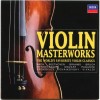
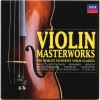
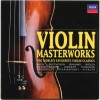
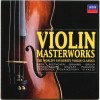
![Arthur Grumiaux - Philips Recordings 1955-1978 [CD 1 of 6]](http://static.classicalm.com/repository/disk-cover/small/3377-img1391955014458687.jpg)
![Arthur Grumiaux - Philips Recordings 1955-1978 [CD 2 of 6]](http://static.classicalm.com/repository/disk-cover/small/3378-img1391955564204937.jpg)
![Arthur Grumiaux - Philips Recordings 1955-1978 [CD 3 of 6]](http://static.classicalm.com/repository/disk-cover/small/3379-img1392035000124000.jpg)
![Arthur Grumiaux - Philips Recordings 1955-1978 [CD 4 of 6]](http://static.classicalm.com/repository/disk-cover/small/3380-img1392035354606444.jpg)
![Arthur Grumiaux - Philips Recordings 1955-1978 [CD 5 of 6]](http://static.classicalm.com/repository/disk-cover/small/3381-img1392035974793367.jpg)
![Arthur Grumiaux - Philips Recordings 1955-1978 [CD 6 of 6]](http://static.classicalm.com/repository/disk-cover/small/3382-img1392037041781585.jpg)
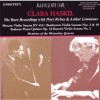

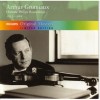
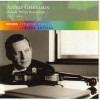
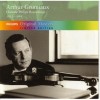
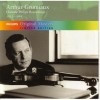
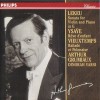
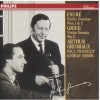
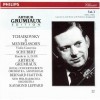
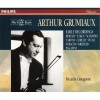
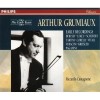
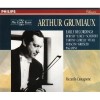
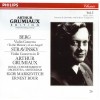
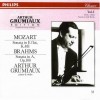
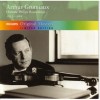
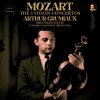
![Beethoven: Complete Works [Brilliant Classics 100 CD Box] - CD 028-044 - Chamber II](http://static.classicalm.com/repository/composition-cover/small/43304-img1647697827658413.jpg)
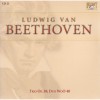
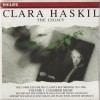

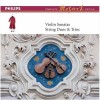
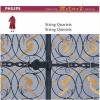

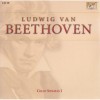
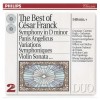
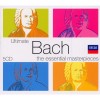
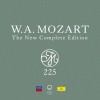
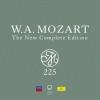
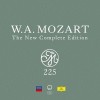
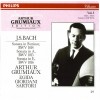
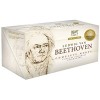
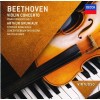
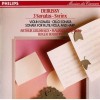

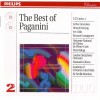
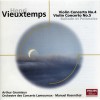
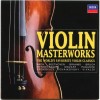
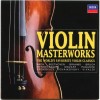
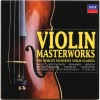

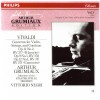
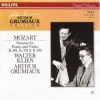
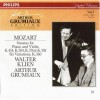
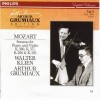
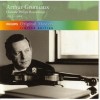
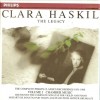
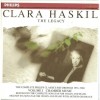
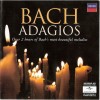

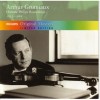
![Complete Mozart Edition - [CD 85] - String Trios](http://static.classicalm.com/repository/composition-cover/small/11231-img1313226538599703.jpg)
![Complete Mozart Edition - [CD 84] - String Duos & Trios](http://static.classicalm.com/repository/composition-cover/small/11229-img1313224477820190.jpg)
![Complete Mozart Edition - [CD 83]](http://static.classicalm.com/repository/composition-cover/small/11227-img1313221935663000.jpg)
![Complete Mozart Edition - [CD 82]](http://static.classicalm.com/repository/composition-cover/small/11225-img1313219234715672.jpg)
![Complete Mozart Edition - [CD 81]](http://static.classicalm.com/repository/composition-cover/small/11223-img1313159891737775.jpg)
![Complete Mozart Edition - [CD 80]](http://static.classicalm.com/repository/composition-cover/small/11221-img1313156959297856.jpg)
![Complete Mozart Edition - [CD 76] - String Quintets 5 & 6](http://static.classicalm.com/repository/composition-cover/small/11201-img1312894644897314.jpg)
![Complete Mozart Edition - [CD 75] - String Quintets 2 & 3](http://static.classicalm.com/repository/composition-cover/small/11199-img1312893289509950.jpg)
![Complete Mozart Edition - [CD 74] - String Quintets 1 & 4](http://static.classicalm.com/repository/composition-cover/small/11197-img1312891913278240.jpg)
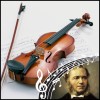
![Casals Festivals at Prades [CD6 of 13]](http://static.classicalm.com/repository/disk-cover/small/3624-img1404994003863213.jpg)
![Casals Festivals at Prades [CD7 of 13]](http://static.classicalm.com/repository/disk-cover/small/3625-img1404996799455193.jpg)
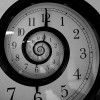
![Baroque Adagios [CD 1 of 2]](http://static.classicalm.com/repository/collection-cover/small/1324-img1362233059780943.jpg)